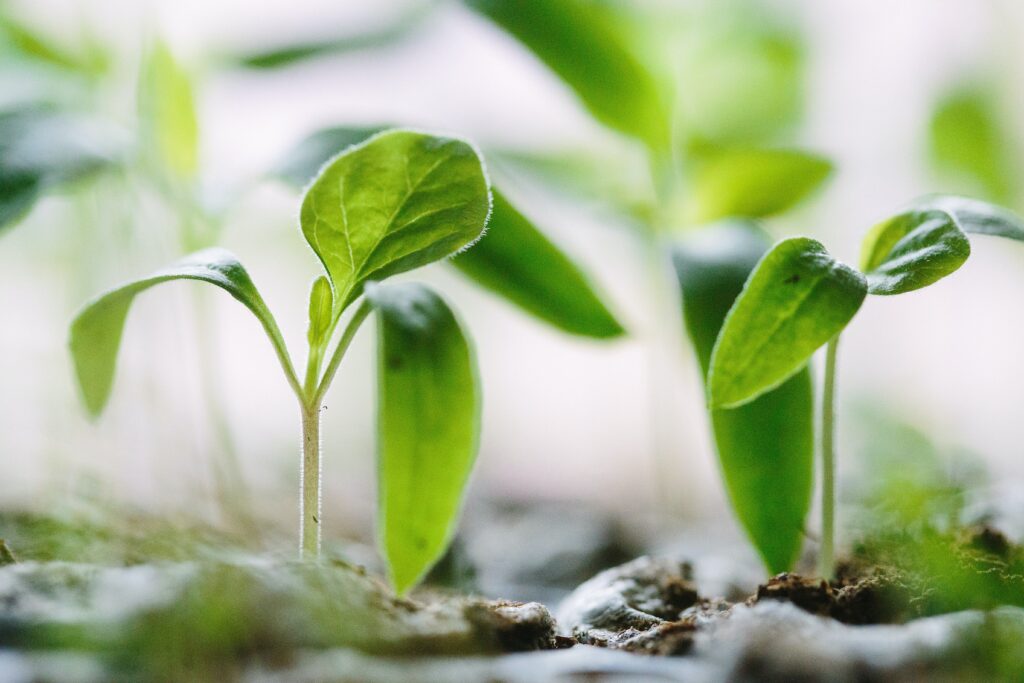
Simple swaps to boost the quality of your diet with organic food.
More and more people are choosing to eat organic food because it’s healthier, safer and sustainably supports the environment. However, including more organic food in your diet may seem a bit overwhelming at first.
A simplified approach that may work for you, is to be strategic about your organic purchases. Choose organic versions of just a few foods that you eat most often. This increases the percentage of organic food in your diet, with only modest changes to your budget or shopping habits. Here is a list of ideas to help you get started.
1. Start the Day Organic
Switching to organic oats is an affordable way to improve the quality of your breakfast. Conventional oat crops are commonly sprayed with Glyphosate (commonly known as RoundUp), a pesticide that has been linked to cancer and that has been banned in some countries.
Organic chia seeds are a gluten free breakfast option that also provides a plant-based source of omegas to support brain function. Mix 2 tbsp of chia seeds with 3/4 cup milk and a touch of natural sweetener for a filling, fibre rich breakfast.
2. Switch to Organic Milk
Whether you prefer dairy or plant-based milk, going organic is beneficial. Dairy milk can be affected by antibiotics, artificial hormones and pesticides that are used in the commercial dairy industry. Organic plant-based milk supports holistic farming principles which in turn supports healthier ecosystems and the health of farm workers.
3. Fruits and Veggies
Shopping at local markets is a great way to get fresh, seasonal and organic produce at lower prices, while also supporting the local community. Buy only what you plan to use in the next few days to avoid waste. The EWG’s Shopper’s Guide to Pesticides in Produce is a helpful manual in how to reduce your exposure to harmful pesticides.
4. Enjoy an Organic Cuppa
Kiwis love their coffee. Unfortunately, it’s one of the world’s most sprayed crops, with synthetic pesticides commonly used. Fairtrade and organic coffee may be slightly more expensive, but it also shows the true cost of coffee, supports farmers and gives pickers a fair wage and a healthy working environment. What about your daily cup of tea? Learn why it’s important to switch to organic tea here.
5. Serving Organic Tomato Sauce
Concentrated tomato products are particularly high in lycopene, a powerful antioxidant. Unfortunately, conventional tomatoes are often heavily sprayed with chemicals that can be harmful to human health. You will find them on the EWG’s Dirty Dozen list. For some families, tomato sauce plays a big role in their vegetable intake. Swapping to organic tomato sauce increases the amount of organic food on your plate, while minimizing potential toxins.
6. A Well-Stocked Pantry
Canned foods are pantry staples. Making the swap to organic canned beans and tomatoes is an affordable way to increase the amount of organics in your pantry. The next time you are shopping, compare prices of canned products and you’ll be surprised to see how close they are!
7. Kids Love Peanut Butter
Swap your family’s favourite foods to organic. Given that some kids eat peanut butter almost every day, this is a simple and practical switch. Peanut crops are susceptible to mould and are often treated with fungicide. Organic peanut butter is slightly more expensive, but leaves behind the unwanted sugar, random vegetable oils and fungicides.
Making small, mindful steps in building an organic diet will support new long lasting habits. Be proud of your progress, no matter how big or small. When your budget inhibits your preferred organic purchases, try to support a sustainable lifestyle in other ways. Use less energy, walk or bike to work, refuse plastic, buy second hand or support local growers.
PRODUCTS MENTIONED


